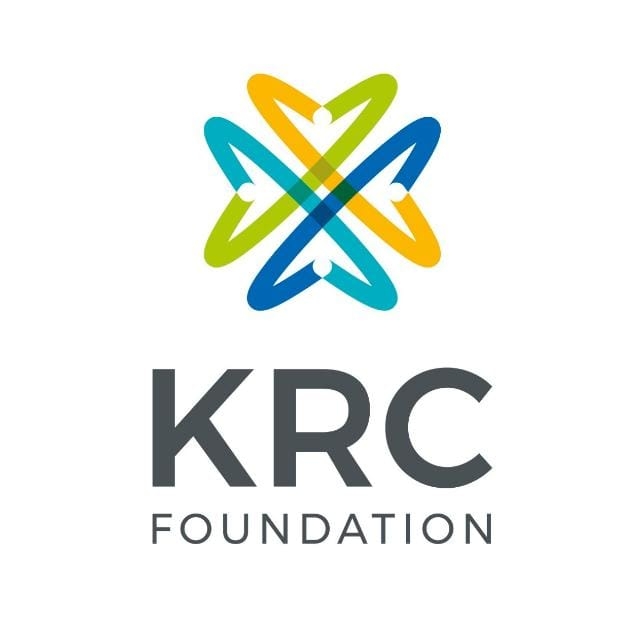Brave and bold teaching is unlimited. Taking recourse to only one kind of mechanism is to create stereotypes in teaching-learning processes.
 Ananya S Guha
Ananya S Guha

This piece is prompted by an article that I read in businessinsider.com published on August 25th 2017. Here the author argues with the help of studies that power point method used by teachers is found boring by students, and there are no learning outcomes. There is only learning satisfaction. This leads us to the question: what is learning and its outcomes? In other words what are learning situations, or what is a learning situation? How do we relate it to outcomes of learning? Are they only linked with scoring high marks or passing an examination? The classroom situation, if it is a transaction, then what ought to take place in such a transaction?
Let us first examine as to what is exactly transacted in a classroom. To put it simply, a teacher teaches and a student learns. The transaction takes place across a number of students, in which information is sought to be transmitted followed by knowledge transference. This transference is what a student is supposed to understand and explain during examinations. So how is the student expected to acquire study skills? Is it only by rote learning or further reworking the knowledge transferred to him by comprehension and assimilation? How did she/ he comprehend? In other words, how does a student take his/ her comprehension to a personal level?

Now, this brings us to teach. What is its power? Is the lecture method sufficient or a power point presentation or both? If a power point presentation is a substitute for dictating notes then it is the only information that is doled out to the student. What is the applicability of such information or the relation between information, and knowledge transference or the acquisition of study or learning skills? How does a teacher establish such relationship by augmenting ‘good’ teaching? Simply using slides or powerpoint presentation is in a way severely curtailing the power or limits of teaching which is unlimited. Brave and bold teaching is unlimited. Taking recourse to only one kind of mechanism is to create stereotypes in teaching-learning processes.
Teaching is conversation and dialogue heightened by critical thinking and the sheer power of questioning or self-questioning. A successful teacher who is an interpreter will invariably address these issues. Critical thinking, on the other hand, is an accentuating of curiosity. Curiosity means questions and adding questions. And then finding some answers, that is loosely speaking problem-solving. Building reciprocal roles between teachers and taught is a cornerstone of effective and successful teaching.
Then again is extending or multiplying classrooms. What do I mean by this? It is here where technology comes in to play a mediated role. Using the computer or the internet or even a power point presentation and then going beyond the classroom to have virtual chats. Teaching and learning will then have multiplier effects.
But everything must begin with a discourse or even a conversation. The candid admission of teaching is a good conversation, a chat and a dialogue. Students will then receive and in turn will let go. They are an audience and in turn they need an audience where there is a neat inversion from learning to teaching. They will then ‘teach’!
So learning satisfaction is then a corollary of learning outcome. The two are in exclusive. The outcome is satisfaction, the satisfaction of having understood and developing an interest in studies. A good teacher will create that interest, not only a useless sense of didacticism! The student learns and then teaches.





